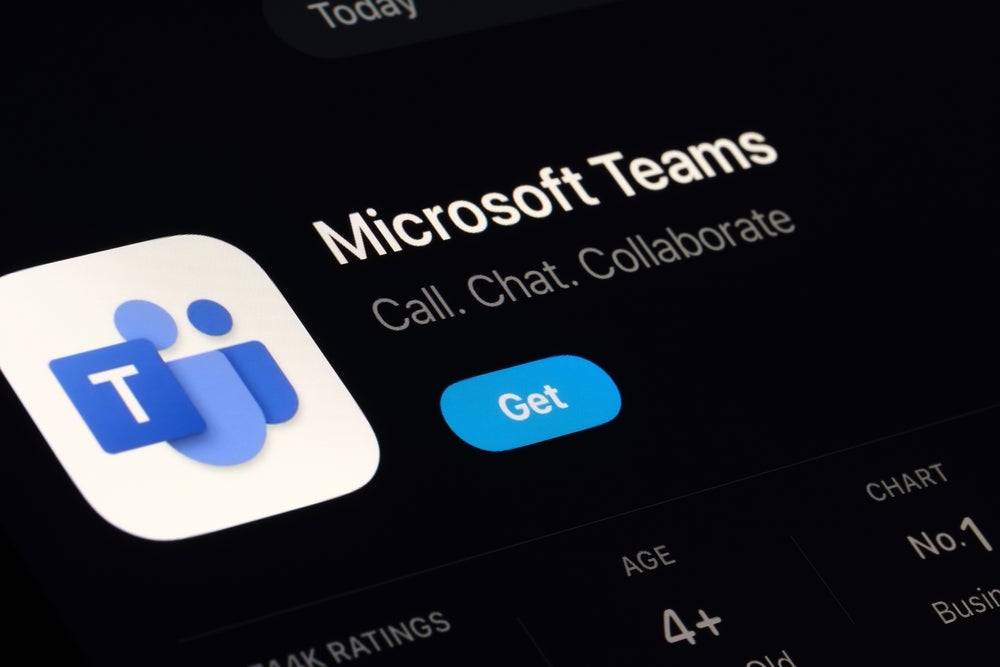Magic Leap has filed a patent for a wearable display system that includes a mixed reality display and an outward-facing imaging system. The system is programmed to generate a virtual remote control associated with a parent device, render it on the display, and perform functions in response to user interaction. These functions include moving the virtual control element on the display and generating a focus indicator when it surpasses a threshold condition. The system can also transmit instructions to the parent device to perform functions associated with the virtual control element. GlobalData’s report on Magic Leap gives a 360-degree view of the company including its patenting strategy. Buy the report here.

Access deeper industry intelligence
Experience unmatched clarity with a single platform that combines unique data, AI, and human expertise.
According to GlobalData’s company profile on Magic Leap, Smart glasses was a key innovation area identified from patents. Magic Leap's grant share as of September 2023 was 51%. Grant share is based on the ratio of number of grants to total number of patents.
Wearable system for virtual remote control in mixed reality
A recently filed patent (Publication Number: US20230315250A1) describes a wearable system that provides a virtual remote control in a mixed reality environment. The wearable system includes a mixed reality display, an outward-facing imaging system, and a hardware processor. The processor is programmed to generate a virtual remote associated with a parent device, render it on the mixed reality display, and determine user interaction with the virtual control element. When the user interacts with the virtual control element, the processor generates movement of the virtual control element on the display and a focus indicator when the movement surpasses a threshold condition. Additionally, the processor transmits instructions to the parent device to perform a function associated with the virtual control element.
The virtual control element in the wearable system is described as a virtual button that can be moved through an active volume of space. The focus indicator is generated in response to depression or release of the virtual button by the user. The virtual button also has an active surface, and the focus indicator's appearance varies based on movement of the active surface relative to a distal surface. The threshold condition for movement of the virtual button can be based on position, duration, or velocity.
The wearable system's hardware processor is further programmed to generate graphics that visually connect the virtual remote to the real-world view of the parent device, as seen by the user through the wearable system. It can also identify a physical remote associated with the parent device and generate the virtual remote based on the specifications of the physical remote. In this case, the virtual input element visually represents a physical input element of the physical remote. The processor can also generate graphics that visually connect the virtual remote to the real-world view of the physical remote.
The patent also describes a method for interacting with the virtual remote control in a mixed reality environment, which includes generating the virtual remote, rendering it on the mixed reality display, determining user interaction, generating movement of the virtual control element, generating a focus indicator, and transmitting instructions to the parent device.
Overall, this patent describes a wearable system that allows users to interact with a virtual remote control in a mixed reality environment. The system provides a virtual control element that can be moved and generates a focus indicator when certain movement thresholds are surpassed. It also includes features for visually connecting the virtual remote to the real-world view of the parent device and can be based on the specifications of a physical remote.
To know more about GlobalData’s detailed insights on Magic Leap, buy the report here.
Data Insights
From

The gold standard of business intelligence.
Blending expert knowledge with cutting-edge technology, GlobalData’s unrivalled proprietary data will enable you to decode what’s happening in your market. You can make better informed decisions and gain a future-proof advantage over your competitors.







